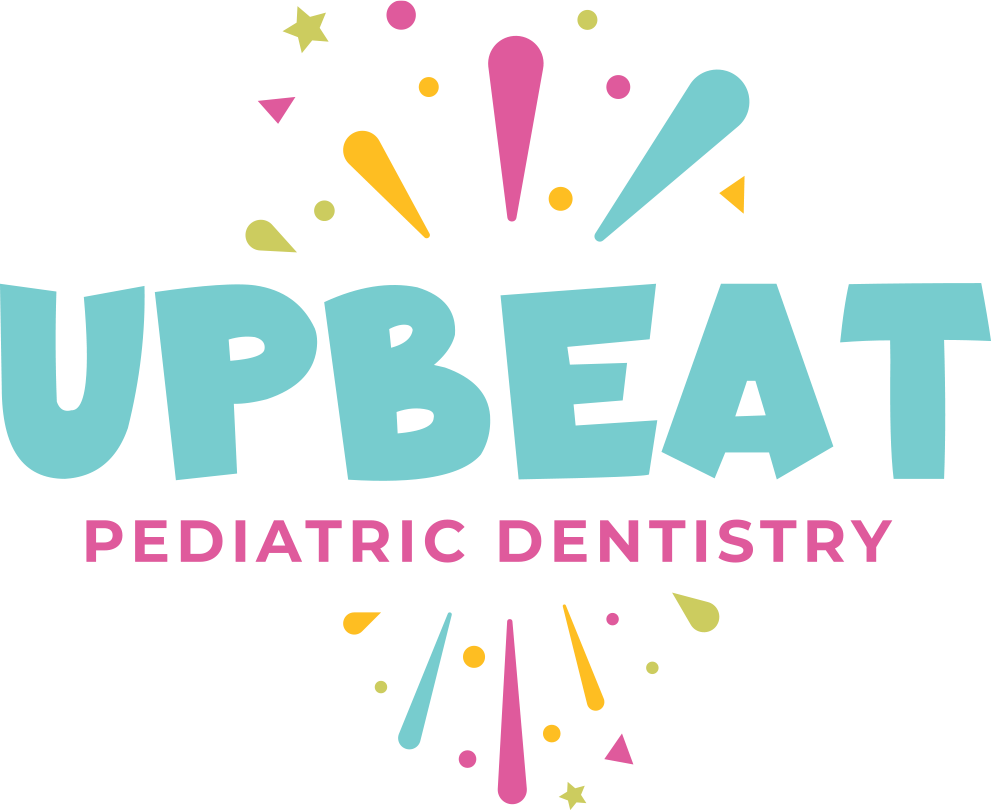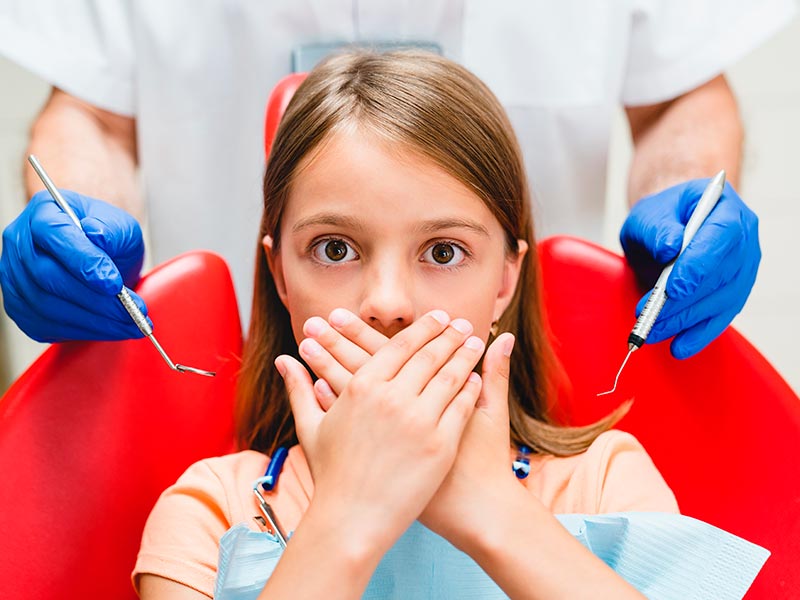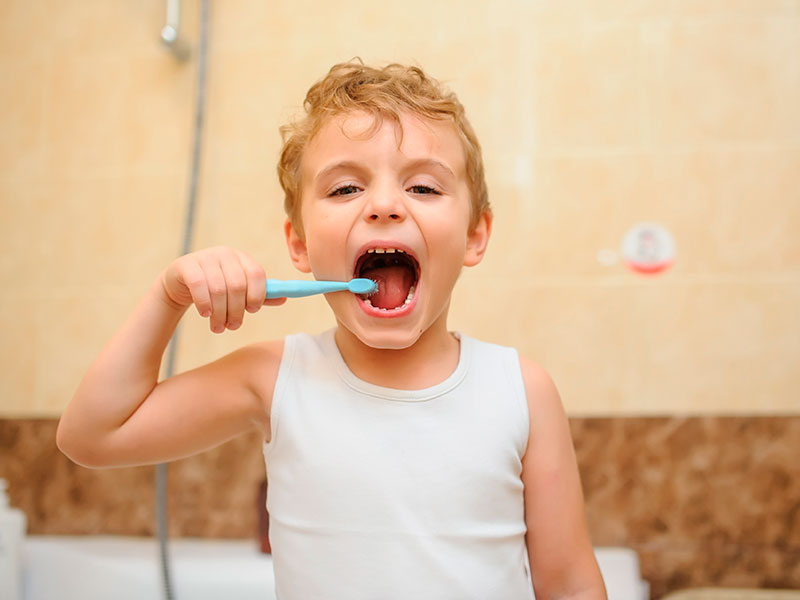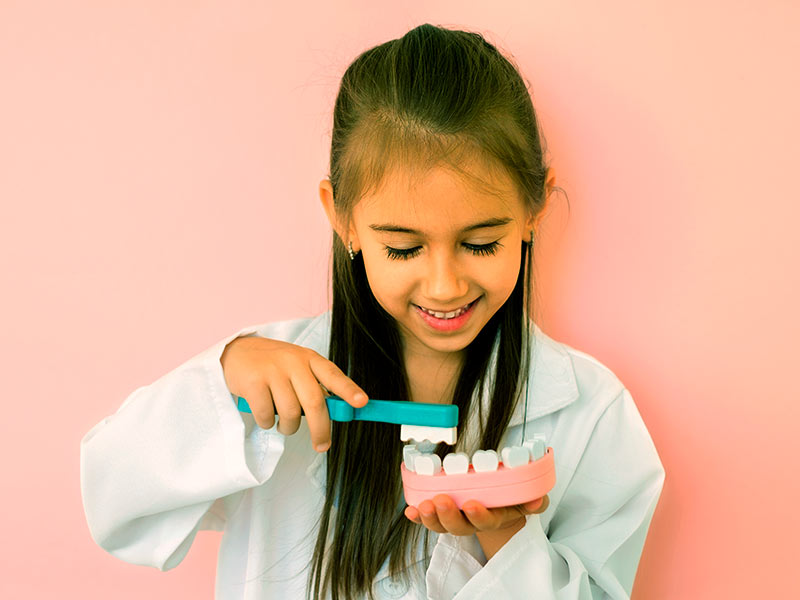Visiting the dentist can be a source of anxiety for many children. The unfamiliar environment, strange noises, and perceived discomfort during dental procedures can make even routine check-ups a daunting experience.
As a pediatric dentistry clinic committed to providing compassionate care to our young patients, we understand the importance of addressing dental anxiety effectively.
In this blog post, we’ll explore some strategies for helping children manage their dental anxiety and have a positive experience at the dentist’s office.
Start Early and Build Positive Associations
One of the most effective ways to mitigate dental anxiety in children is to start dental visits at an early age.
By introducing your child to the dentist as soon as their first tooth erupts or by their first birthday, you can help them become familiar with the dental environment and develop positive associations with dental care.
Regular, routine visits to the dentist can help normalize the experience and reduce anxiety over time.
Use Positive Reinforcement and Encouragement
Praise and positive reinforcement can go a long way in helping children feel comfortable and confident during dental visits.
Encourage your child to ask questions and express their feelings about their dental experience.
Celebrate their bravery and reassure them that the dentist is there to help keep their teeth healthy and strong. A small reward or special treat after a successful dental appointment can also serve as positive reinforcement and help create a positive association with dental care.
Educate and Empower Your Child
Knowledge is power, and educating your child about dental procedures and oral health can help alleviate fear and anxiety.
Explain what to expect during a dental visit in age-appropriate language, emphasizing the importance of regular dental check-ups and proper oral hygiene.
Encourage your child to take an active role in their dental care by brushing and flossing regularly and following the dentist’s recommendations for maintaining good oral health.
Practice Relaxation Techniques
Teaching your child simple relaxation techniques can help them cope with anxiety during dental visits.
Deep breathing exercises, visualization techniques, and progressive muscle relaxation can help calm nerves and reduce tension.
Practice these techniques with your child at home before their dental appointment so they feel more prepared to use them during their visit.
Choose a Pediatric Dentistry Clinic with a Child-Friendly Environment
Selecting a pediatric dentistry clinic with a warm, welcoming atmosphere can help ease anxiety and make dental visits more enjoyable for children.
Look for a clinic that specializes in treating children and has a child-friendly waiting area with toys, books, and games to distract and entertain young patients.
Pediatric dentists and staff who are experienced in working with children can also help put your child at ease and make them feel comfortable during their appointment.
Caring for Your Child’s Oral Health
Dental anxiety is a common issue among children, but with the right strategies and support, it can be effectively managed.
By starting dental visits early, using positive reinforcement, educating and empowering your child, practicing relaxation techniques, and choosing a pediatric dentistry clinic with a child-friendly environment, you can help your child overcome their fear of the dentist and develop healthy dental habits that will last a lifetime.
At Upbeat Pediatric Dentistry, we are committed to providing compassionate care and creating positive dental experiences for our young patients. If you have any concerns about your child’s dental anxiety or would like more information on how we can help, please don’t hesitate to contact us.




